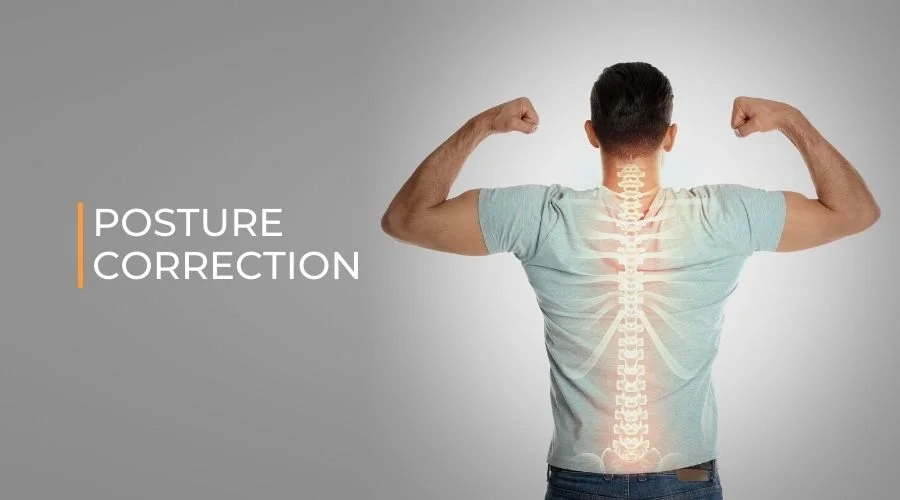
Maintaining a healthy spine is often overlooked, yet it plays a vital role in overall well-being. Spinal screening is essential for identifying issues, correcting posture, and preventing pain before it becomes chronic or debilitating. This article will explore the importance of spinal screening, how it supports pain prevention, and its role in posture correction, offering insight into why this practice deserves attention.
What Is Spinal Screening?
Spinal screening involves evaluating the alignment, flexibility, and overall spine condition. This process helps identify problems like misalignments, curvature abnormalities, or stress-related wear and tear. Additionally, screening can highlight potential issues that may arise if left unchecked.
Experts utilize various methods during the screening, such as visual assessments, range-of-motion tests, and sometimes imaging tools like X-rays. The goal is to comprehensively understand your spinal health, providing the foundation for a targeted and effective treatment plan.
The Connection Between Spinal Health and Pain
The spine is more than just a physical structure; it houses the spinal cord, a key nervous system component responsible for transmitting signals between the brain and body. When the spine is out of alignment, nerves may become compressed, irritated, or inflamed. This can lead to pain in various forms, including back pain, neck pain, headaches, and radiating limb discomfort.
One of the greatest benefits of spinal screening is early detection. By identifying imbalances or misalignments before they develop into painful conditions, individuals can take proactive measures to protect their spinal health. Pain prevention often involves correcting these small misalignments, improving mobility, and strengthening the surrounding muscles to support the spine more effectively.
Common Issues Found Through Screening
Some of the most frequently uncovered issues during spinal screenings include:
- Poor posture creates muscular imbalances.
- Subluxations or small misalignments in vertebrae.
- Scoliosis is a curvature of the spine that can worsen if not addressed.
- Degenerative disc disease often requires long-term management.
Detecting these problems early ensures that treatment can be tailored to prevent the condition from escalating.
Posture Correction and Long-Term Benefits
Good posture is more than standing up straight; it supports physical health in countless ways. Poor posture often develops due to lifestyle habits, such as prolonged sitting, lack of physical activity, or even how we work and sleep. Over time, poor posture places undue stress on certain muscles and joints, leading to discomfort and reduced mobility.
Spinal screening is a critical tool in identifying postural imbalances. By pinpointing the source, specialists can recommend corrective exercises, ergonomic adjustments, or manual therapies to bring the spine back into proper alignment.
The Role of Corrective Measures
Correcting posture through spinal screening involves an active and a passive approach.
- Active measures include lifestyle changes, like incorporating core-strengthening exercises and maintaining proper seating positions.
- Passive measures may involve hands-on techniques to realign the spinal segments, reduce tension, and restore balance.
One example of a targeted solution is working with a corrective chiropractor in Ionia. Through their expertise in spinal health, individuals often find relief from posture-related pain while improving mobility and daily functionality. Addressing these issues early promotes long-term spinal health and prevents future complications.
The Importance of Preventative Care
Too often, individuals seek help for their spine only when pain becomes unbearable. However, waiting for symptoms to appear may mean the condition is already advanced. Initiating regular spinal screenings ensures that any potential red flags are addressed immediately.
Preventative care focuses on:
- Identifying risks before they turn into chronic issues.
- Reducing the likelihood of recurring pain.
- Supporting a healthier lifestyle overall.
Moreover, making spinal screenings a regular practice is a powerful way to be proactive about postural health in a world where sedentary habits are increasingly common.
Improving Quality of Life
Proper spinal health contributes to more than physical comfort; it enhances the quality of life as well. When the spine is correctly aligned, you can move more freely, participate in activities without limitations, and experience fewer interruptions caused by pain.
By incorporating spinal screenings into a routine healthcare regimen, individuals can enjoy improved energy levels, better sleep, and a greater sense of well-being. And with early detection and correction of posture, these advantages can last well into the future.
Conclusion
From pain prevention to posture correction, spinal screening is valuable in maintaining a healthy, functional body. Whether you’re aiming to address current discomfort or prevent future problems, screening provides insight into the condition of your spine and serves as a gateway to effective solutions. Don’t wait for back pain or impaired mobility to take action. Prioritize spinal health early, and you’ll enjoy the benefits for years.
